AmD really worked the board and let it really crash in terms of components. This must be noted positively in advance. At first glance, the entire layout looks clear and well thought out, and the manufacturer relies on very low components and components, also due to the 2-slot design, in order to obtain as much volume as possible for the cooler.
The external power supply is provided by two 8-pin connectors, which sit at the top of the board, as is common for consumer cards. You could have turned the sockets 180° to save even more space, but it also fits.
The so-called topology of the power supply has turned out a little more complex this time and simply counting so coils does not help you to learn the whole truth. Because AMD generates a lot of partial voltages, which you have to assign correctly first.
This time I even recorded the exact explanation as a video, because it was really a little bit tricky. And so that I don't have to write a wolf to myself, I prefer to give the explainer bear in front of the camera. It's definitely worth watching (and also helps our YouTube channel)!
For the generation fountain pens, I will of course briefly summarize the YouTube amount. For the generation of VDDCR_GFX (in the picture below red), i.e. the voltage of the GPU, 5 output phases are generated with the help of an IR35217 (located on the back of the board) of International Rectifier. With the help of one IR3599 (also International Rectifier) per phase, a phase multiplier chip ("doubler"), two voltage transformer circuits are then connected to each of these 5 phases, which work slightly phase-shifted. In this way, you get 10 voltage converters at the end.
To do this, you will then rely on 10 Power Stages TDA21472 from Infineon, i.e. highly integrated solutions that combine a complete voltage converter including high- and low-side, the gate-driver and the Schottky diode, as well as a control MOSFET in a common package. . As with Nvidia's solution, the TDA21472 relies on a true MOSFET DCR and no longer on the much more inaccurate (and cheaper) Inductor DCR. These values for current flow and temperatures are then used by the arbitrator for a smarter control of the processes.
However, because the IR35217 is a true multi-phase controller that can provide up to 6+ 2 phases, the second part of the controller is used for the independent deployment of the VDDCI_Mem. The explanation of what VDDCI_Mem is in the video. As a voltage converter, you rely on an IR35401M, which is a slightly simpler PowIRstage.
When it comes to memory, however, we now have it arg tricky. On the front of the board you will find another PWM controller of type IR35217. On the one hand, this generates the two real (and not double) phases for VDDCR_HBM, i.e. the power supply of the four HMB2 modules on the package. Here, too, two TDA21472s are used, each of which is addressed directly by the controller. The controller also provides the VDDCI_SoC (blue). Here, however, only one phase is generated, which then splits by means of an IR3599 on two phase-shifted voltage converters with each TDA21472.
The remaining partial voltages of 1.8V, 0.85V and 0.75V are generated separately by simpler Buck controllers. It is interesting that AMD completes all 12V rails with neat LC-members, which should smooth the spikes properly, since in addition to the usual longitudinal coils, the appropriate capacitors are also used. The following table contains the most important components:
Cooler and backplate in detail
The actual radiator structure alone weighs over a kilo, including the cover and fans. AMD, like Nvidia, relies on an oversized vapor chamber. This also forms the heat sink for direct cooling of the GPU, whereby AMD relies on special graphite pads, as with the Radeon Pro WX8200. Anyone who thinks that they can achieve better results with normal thermal paste is wrong. Only the use of diamond paste (IC Cooling) in an ultra-thin layer (iron and silicone mat) yielded at least the same results after assembly.
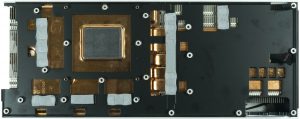
The actual aluminum cooler with the vertically arranged, narrow cooling fins, sits on the vapor-chamber and five flat, additionally lowered 1cm heatpipes, which represent an extension of the main chamber. This construction is cooled with the airflow of the three 7.5 cm fans, each sitting in an 8.2 cm opening. The voltage converters of the GPU, the memory and the SoC are cooled by means of thick thermal pads via the black cooling and mounting frame on which the cooler sits and which is also used for screwing and stabilizing the board.
What is a thermodynamic nonsense, however, is the radiator cover with the Radeon lettering on the top. Here, the leaking hot exhaust air is not insignificantly slowed down. I really didn't want to put my milling machine on this point and just eliminate this counterproductive air stopper. But what's the point, the customer can't. AMD has also adjusted the fan control system, but more on that later.
The thick aluminium cast backplate is visually an eye-catcher, but does not fulfil a cooling function. At the very least, AMD has left the thermally relevant areas open to ensure a minimum of airflow.
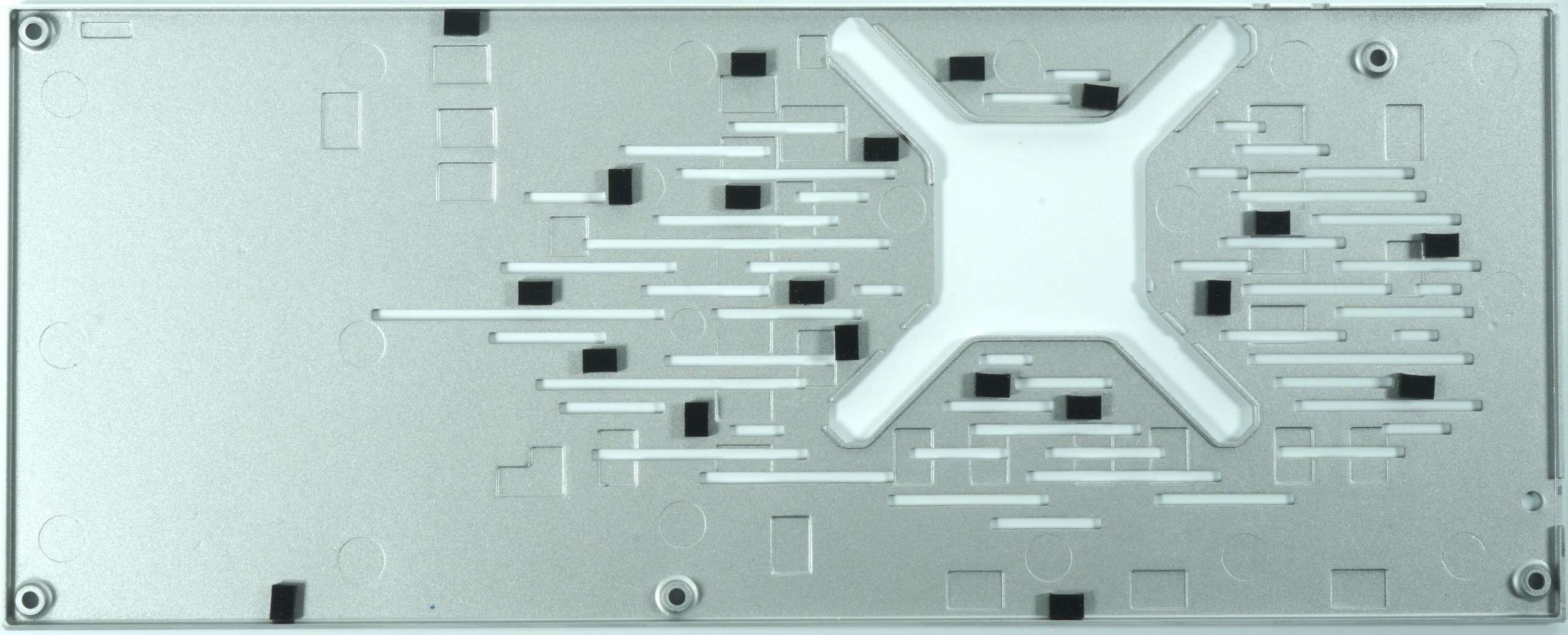
The cooling system briefly summarized in a tabular overview:
| Cooling system at a glance | |
|---|---|
| Type of cooler: | Air |
| Heatsink: | Vapor-Chamber. Cooling the package from GPU and HBM2 |
| Cooling fins: | Aluminum, horizontal alignment related |
| Heatpipes | 5x 10mm flattened |
| VRM cooling: | via cooling/assembly frame |
| Fan: | 3x 7.5 cm fan, 9 rotor blades, optimized for high throughput semi-passive lyrised |
| Backplate | Aluminum casting, no cooling function |
- 1 - Einführung und Daten
- 2 - Vega20 - Was ist neu?
- 3 - Tear Down: Platinen-Analyse und Kühlerdesign
- 4 - Anwendungsbenchmarks
- 5 - Ashes of the Singularity: Escalation
- 6 - Battlefield V
- 7 - Destiny 2
- 8 - Tom Clancy's The Division
- 9 - Far Cry 5
- 10 - Tom Clancy's Ghost Recon
- 11 - Grand Theft Auto V
- 12 - Metro Last Light (Redux)
- 13 - Rise of the Tomb Raider
- 14 - The Witcher 3
- 15 - Wolfenstein II: The New Colossus
- 16 - Leistungsaufnahme und Netzteilkalkulation im Detail
- 17 - Temperaturen und Infrarot-Analyse
- 18 - Lautstärkemessungen mit Video und Analyse des Spektrums
- 19 - Zusammenfassung und Fazit

















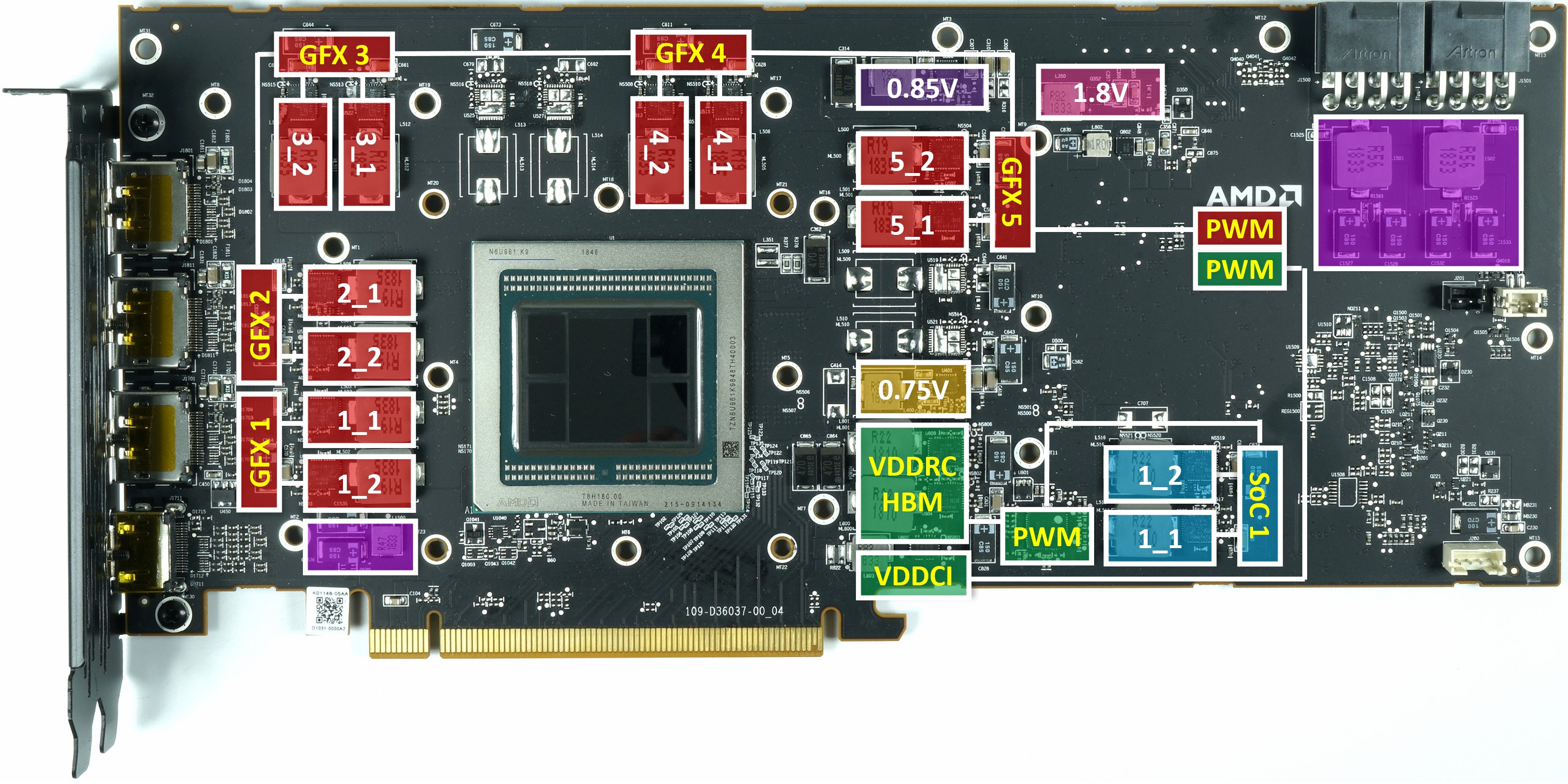
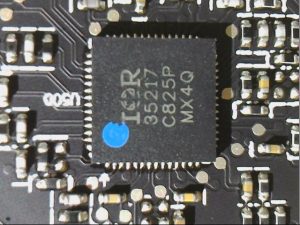
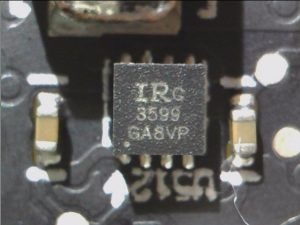
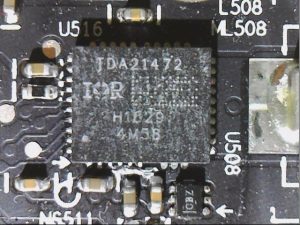
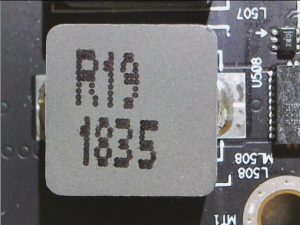
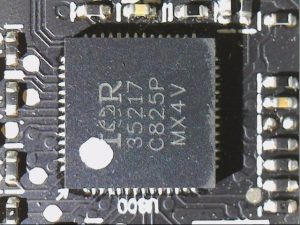
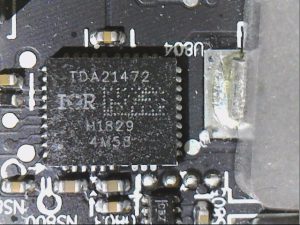
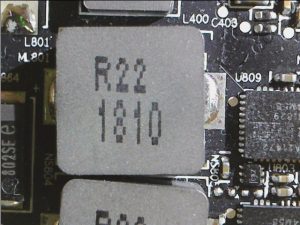
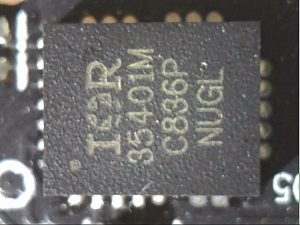
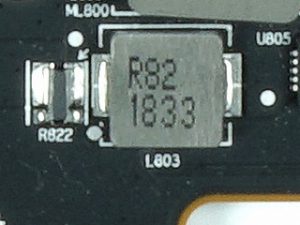
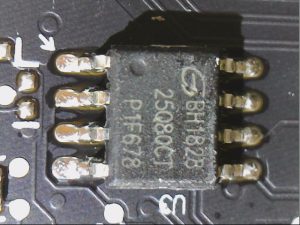
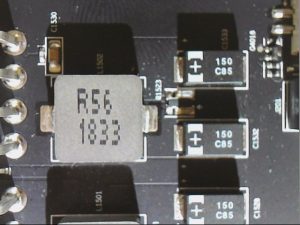



















Kommentieren